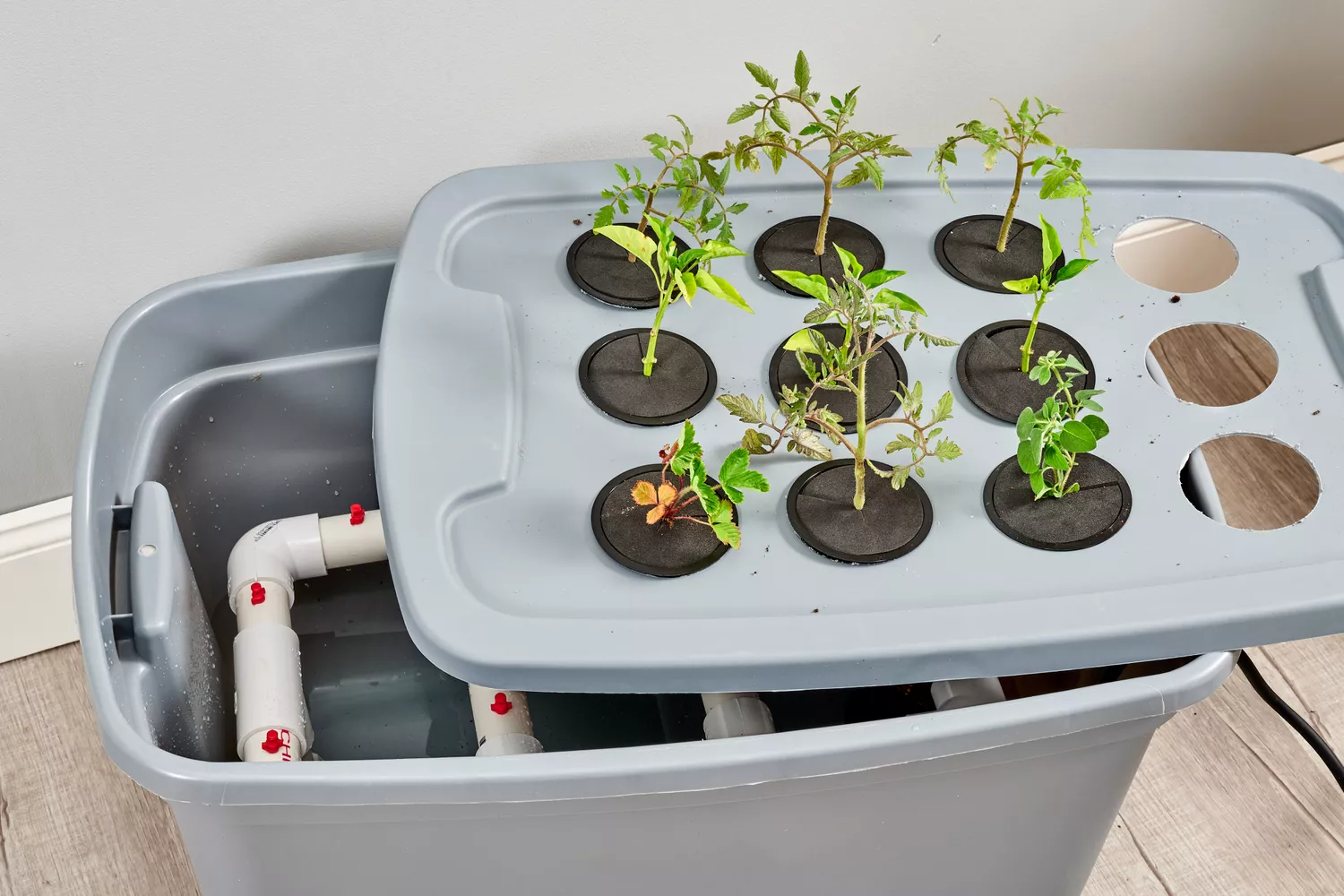

Articles
How To Make A Hydroponic Garden
Modified: January 18, 2024
Learn how to create your own hydroponic garden with our step-by-step guide. Explore the world of gardening and discover the benefits of hydroponics.
(Many of the links in this article redirect to a specific reviewed product. Your purchase of these products through affiliate links helps to generate commission for Storables.com, at no extra cost. Learn more)
Introduction
Welcome to the world of hydroponic gardening! If you are passionate about gardening but lack the space or suitable soil conditions for traditional methods, hydroponics can be a game-changer. This innovative gardening technique allows you to grow plants without the use of soil, using nutrient-rich water instead. Whether you have a small balcony, a rooftop, or even an indoor space, hydroponics opens up a world of possibilities.
Hydroponic gardening has gained popularity in recent years due to its numerous advantages over traditional soil-based gardening. Not only does it allow you to maximize space by growing plants vertically, but it also allows for precise control over the nutrients and moisture levels that your plants receive. This eliminates the guesswork and enables you to optimize plant growth and yield.
Another significant benefit of hydroponics is the reduced need for water. With traditional gardening, a significant amount of water is lost through evaporation and drainage. In hydroponic systems, the water is recirculated and reused, resulting in water savings of up to 90% compared to traditional gardening methods. This makes hydroponic gardening a more sustainable and environmentally friendly option.
Additionally, hydroponic gardening eliminates the need for harmful chemical pesticides and herbicides. Without soil, the risk of soil-borne diseases and pests is greatly reduced. Instead, you can focus on natural pest control methods, such as beneficial insects or organic solutions, ensuring that your plants are healthy and free from harmful chemicals.
One of the great things about hydroponics is its versatility. You can grow a wide variety of plants, from leafy greens and herbs to fruits and even flowers. Whether you want to grow fresh herbs for your culinary adventures or enjoy home-grown tomatoes bursting with flavor, hydroponics can fulfill your gardening dreams.
In this comprehensive guide, we will walk you through the key steps and considerations for setting up your own hydroponic garden. We will explore the different hydroponic systems available, discuss plant selection, nutrient management, pest control, and maintenance. By the end, you will have all the knowledge you need to get started and grow a thriving hydroponic garden.
So, let’s dive in and explore the exciting world of hydroponic gardening!
Key Takeaways:
- Embrace the world of hydroponic gardening to maximize space, conserve water, and grow a variety of plants without soil. Enjoy the benefits of efficient nutrient delivery and sustainable, year-round gardening.
- Select the right hydroponic system, nurture your plants with precise nutrients, and manage pests and diseases effectively. Harvest and savor the rewards of your homegrown, fresh produce while celebrating your gardening accomplishments.
Benefits of Hydroponic Gardening
Hydroponic gardening offers a multitude of benefits that make it an attractive option for both beginners and experienced gardeners. Here are some of the key advantages of hydroponic gardening:
- Maximized Space: Unlike traditional soil-based gardening, hydroponics allows you to utilize space more efficiently. By growing plants vertically or in compact systems, you can maximize your garden’s productivity, making it ideal for urban dwellers or those with limited space.
- Efficient Water Usage: Hydroponic systems use water more efficiently compared to traditional gardening. The water used in hydroponics is recirculated, minimizing water waste. This is especially beneficial in areas with limited water resources or during drought conditions.
- Optimized Nutrient Delivery: With hydroponics, you have precise control over the nutrients your plants receive. You can mix and adjust nutrient solutions to meet the specific requirements of different crops. This results in faster growth, higher yields, and healthier plants.
- Faster Growth and Higher Yields: Hydroponic plants often grow faster than their soil-grown counterparts. The optimized nutrient delivery and controlled environment provide favorable conditions for plants to thrive. This can lead to higher yields, allowing you to enjoy a bountiful harvest.
- No Weeds and Soil-Borne Pests: Since hydroponics doesn’t involve soil, you won’t have to deal with weeds or soil-borne pests. This reduces the need for herbicides and pesticides, making hydroponic gardening a more environmentally friendly option.
- Year-Round Gardening: With hydroponics, you have the flexibility to garden year-round, regardless of the climate or weather conditions. Indoor hydroponic systems can provide ideal growing conditions, allowing you to grow fresh produce even during the winter months.
- Space for Creativity: Hydroponics opens up opportunities for creativity in gardening. You can experiment with different hydroponic systems, grow a wide variety of plants, and even try your hand at vertical gardening or aquaponics, combining fish farming with hydroponic plant cultivation.
- Environmental Sustainability: By using water more efficiently and eliminating the need for harmful chemicals, hydroponic gardening is a sustainable and eco-friendly gardening method. It reduces water consumption, minimizes chemical pollution, and promotes healthy, organic produce.
These benefits make hydroponic gardening an appealing option for those looking to grow their own fresh and nutritious produce while maximizing space and resources. Whether you’re a seasoned gardener or a novice, hydroponics offers an exciting and rewarding way to nurture your green thumb.
Choosing the Right Hydroponic System
When it comes to hydroponic gardening, selecting the right system is crucial for the success of your plants. There are several types of hydroponic systems to choose from, each with its own advantages and considerations. Here are some popular hydroponic systems to help you make an informed decision:
- Deep Water Culture (DWC): This is one of the simplest and most popular hydroponic systems, making it ideal for beginners. In a DWC system, the plant’s roots are suspended in a nutrient-rich water solution. An air stone or diffuser provides oxygen to the roots, promoting healthy growth. DWC systems are cost-effective, easy to set up, and suitable for growing leafy greens and herbs.
- Nutrient Film Technique (NFT): NFT is another popular hydroponic system that uses a thin film of nutrient solution flowing over the roots. The roots are exposed to both nutrients and oxygen, making this system highly efficient. NFT systems are ideal for growing plants with shallow root systems, such as lettuce, and require a slope for proper nutrient flow.
- Drip System: Drip systems are versatile and widely used in hydroponic gardening. They deliver nutrient solution to the plants through a network of tubes with drip emitters. Drip systems allow for precise control over nutrient delivery and are suitable for a variety of plants, including larger vegetables and fruits.
- Aeroponics: Aeroponic systems suspend the plant’s roots in the air and mist them with a nutrient solution. This allows for maximum oxygenation and nutrient absorption. Aeroponics is a high-tech system that offers rapid growth and high yields but may require more expertise and monitoring.
- Wick System: Wick systems are simple and inexpensive, making them a popular choice for small-scale hydroponic gardening. In this system, a wick draws the nutrient solution from a reservoir to the plants’ roots. While easy to set up, wick systems may have limitations in delivering nutrients to larger plants.
When choosing a hydroponic system, consider factors such as your available space, budget, the type of plants you want to grow, and your level of experience. It’s also important to assess the maintenance requirements of each system and determine how much time and effort you are willing to invest.
Additionally, consider whether you want to go for a pre-made system or DIY your own setup. Pre-made systems offer convenience and are suitable for beginners, while DIY systems allow for customization and can be more cost-effective.
Remember, no matter which system you choose, regular monitoring of pH levels, nutrient concentrations, and root health is essential. This ensures optimal growth and prevents any potential issues from arising.
By carefully evaluating your options and choosing the right hydroponic system for your needs, you will set yourself up for gardening success and enjoy the benefits of growing your own fresh produce.
Setting up the Hydroponic System
Once you have chosen the hydroponic system that suits your needs, it’s time to set it up and prepare it for planting. Here are the key steps to follow when setting up your hydroponic system:
- Choose a suitable location: Select a location that provides adequate space, proper ventilation, and access to a water source. If you are using an indoor setup, ensure you have sufficient lighting and consider using grow lights to provide the necessary spectrum of light for your plants.
- Assemble the system: Follow the manufacturer’s instructions or your DIY plans to assemble the hydroponic system correctly. Ensure all components are securely connected, and any pumps, tubing, or reservoirs are in place.
- Add a nutrient solution: Mix the appropriate hydroponic nutrient solution according to the instructions provided. Pour the nutrient solution into the reservoir, making sure to adjust the pH level to the recommended range for your specific crop.
- Start the system: Turn on the pump and verify that the nutrient solution is properly circulating through the system. Check for any leaks or malfunctions and make adjustments as needed.
- Prep the growing medium: Depending on the type of hydroponic system you are using, you may need to place your plants in a growing medium. Some commonly used growing mediums include rockwool, perlite, coconut coir, or clay pebbles. Ensure the medium is clean and free from contaminants before inserting your plants.
- Plant your crops: Carefully insert your seedlings or young plants into the growing medium, ensuring that the roots are properly covered and supported. Position them in the appropriate spaces provided by your hydroponic system, allowing enough room for growth.
- Monitor and adjust: Regularly monitor the nutrient solution levels, pH levels, and plant health. Make any necessary adjustments to maintain optimal conditions for plant growth. Ensure that the temperature and humidity levels in the growing area are also suitable for your plants.
- Maintain proper lighting: If you are growing plants indoors, provide adequate lighting for photosynthesis. Adjust the positioning and intensity of the lights as your plants grow to ensure they receive the right amount of light for healthy development.
- Prune and train the plants: As your plants grow, prune any dead or diseased leaves and train them to grow in a desirable shape or direction if necessary. This helps promote airflow and prevent the spread of pests and diseases.
- Regularly clean and maintain: Keep your hydroponic system clean by regularly cleaning the components and removing any debris. Periodically flush the system to prevent the buildup of algae or mineral deposits.
Setting up your hydroponic system correctly ensures that your plants have a strong foundation for healthy growth. Remember to follow the specific guidelines and recommendations for your chosen system and regularly monitor and adjust as needed. With proper setup and maintenance, you’ll be on your way to a thriving hydroponic garden.
Selecting the Right Plants for Hydroponics
One of the great advantages of hydroponic gardening is that you can grow a wide variety of plants. However, not all plants thrive equally well in a hydroponic system. When selecting plants for your hydroponic garden, consider the following factors:
- Growth Habit: Choose plants that have a compact growth habit or can be easily trained to grow vertically. This is especially important if you have limited space in your hydroponic setup. Leafy greens like lettuce, spinach, and kale, as well as herbs like basil and parsley, are excellent choices due to their compact size.
- Root System: Look for plants with shallow or fibrous root systems, as they adapt well to hydroponics. Avoid deep-rooted plants like carrots or potatoes, as they may become challenging to grow in a hydroponic system with limited root space.
- Yield and Growth Rate: Consider the expected yield and growth rate of the plant. Some plants, like herbs and leafy greens, have a quick turnaround time and can be harvested multiple times. On the other hand, crops like tomatoes, cucumbers, and peppers have higher yields but take longer to mature.
- Tolerance to Environmental Conditions: Different plants have varying environmental requirements regarding temperature, humidity, and lighting. Choose plants that can thrive in the specific conditions provided by your hydroponic setup. Some plants, like herbs and lettuces, are more adaptable and can tolerate a wider range of conditions.
- Taste and Nutritional Value: Select plants that you enjoy eating and that provide nutritional value. Hydroponically grown fruits, such as strawberries or cherry tomatoes, can be incredibly flavorful and packed with nutrients. Leafy greens like spinach and kale are rich in vitamins and minerals.
- Availability of Seeds or Seedlings: Ensure that you can easily obtain seeds or seedlings for the plants you want to grow. Check with local nurseries, seed catalogs, or online stores to find a wide selection of plants suitable for hydroponic cultivation.
Some popular plants that are well-suited for hydroponics include lettuce varieties like Romaine, Butterhead, and Bibb, herbs like basil, mint, and cilantro, cherry tomatoes, peppers, strawberries, and microgreens.
Remember to research the specific nutrient requirements, pH levels, and lighting preferences of each plant you choose. This will help ensure that you provide the right conditions for their growth and maximize their potential in your hydroponic garden.
Experimenting with different plant varieties and discovering what grows best in your hydroponic system can be part of the fun and excitement of hydroponic gardening. Enjoy the process of selecting and growing your favorite plants, and savor the fresh and homegrown produce that results from your efforts.
When setting up a hydroponic garden, make sure to regularly monitor and adjust the pH levels of the nutrient solution to ensure optimal plant growth and health.
Read more: What Is A Hydroponic Garden
Providing Nutrients to Your Hydroponic Garden
In a hydroponic garden, plants rely on nutrient-rich water to grow and thrive. Unlike traditional soil-based gardening, where nutrients are obtained from the soil, you are responsible for providing the necessary nutrients directly to the plants in a hydroponic system. Here are some essential considerations for ensuring your hydroponic plants receive the right nutrients:
- Choose a Quality Hydroponic Nutrient Solution: Hydroponic nutrient solutions contain a balanced blend of essential nutrients that plants need for healthy growth. These solutions are available in pre-mixed formulas specific to various plant stages, such as vegetative growth or flowering. Invest in a high-quality nutrient solution to maximize plant health and productivity.
- Understand Macronutrients and Micronutrients: Macronutrients are the primary nutrients that plants require in larger quantities. These include nitrogen (N), phosphorus (P), and potassium (K). Micronutrients are essential in smaller doses and include elements like iron (Fe), zinc (Zn), and manganese (Mn). Ensure your nutrient solution contains an appropriate balance of macronutrients and micronutrients for optimal plant growth.
- Monitor pH Levels: pH plays a critical role in nutrient availability to your plants. Different plants have different pH preferences, but most hydroponic plants thrive in a slightly acidic to neutral pH range (around 5.5 to 6.5). Regularly test and adjust the pH of your nutrient solution to ensure it falls within the appropriate range for the specific plants you are growing.
- Follow Feeding Schedules: Different plants have varying nutrient requirements throughout their growth stages. Research and follow recommended feeding schedules provided by the nutrient solution manufacturer. These schedules will guide you on when and how much nutrient solution to provide your plants during different growth phases.
- Manage EC/TDS Levels: EC (Electrical Conductivity) or TDS (Total Dissolved Solids) measures the concentration of nutrients in your hydroponic solution. Use a conductivity meter to monitor these levels and ensure they remain within the appropriate range for your specific crops. Adjust the nutrient concentration as needed to maintain optimal levels for plant health.
- Consider Supplemental Additives: In addition to essential nutrients, you may choose to use supplemental additives to promote specific plant functions. These additives can include root stimulators, bloom boosters, or beneficial microbial inoculants. Be mindful of the specific needs of your plants and select appropriate supplements to enhance their growth and overall health.
- Flush and Refresh the Nutrient Solution: Over time, nutrient solutions can become imbalanced or depleted. It’s important to periodically flush your system and replenish it with fresh nutrient solution. A regular flush helps prevent nutrient buildup, salt accumulation, and potential imbalances that could harm your plants.
- Keep Records and Adjust as Needed: Maintain a gardening journal or record of your nutrient practices, including feeding schedules, pH adjustments, and any observations or adjustments made. This will help you track the progress of your plants and make any necessary modifications for optimal growth in the future.
Remember, providing proper nutrition is a vital aspect of hydroponic gardening. Carefully monitoring and adjusting your nutrient solution, pH levels, and EC/TDS levels will help ensure that your hydroponic plants receive the necessary elements for healthy growth, robust yields, and flavorful produce.
By investing time and attention into nutrient management, you can enjoy the satisfaction of watching your plants thrive and harvest a bountiful crop from your hydroponic garden.
Managing Pest and Disease Control in Hydroponics
While hydroponic gardening greatly reduces the risk of soil-borne pests and diseases, it’s still important to remain vigilant and proactive in managing potential issues. Here are some key strategies for pest and disease control in hydroponics:
- Maintain Cleanliness: Start by keeping your hydroponic system clean and free from debris. Regularly remove dead plant material, clean surfaces, and sanitize equipment to minimize the presence of pests and pathogens.
- Implement Integrated Pest Management (IPM): IPM combines various pest control methods to manage pests effectively while minimizing harm to beneficial organisms and the environment. Implement preventive measures such as using pest-resistant plant varieties, employing physical barriers, or introducing beneficial insects to control pest populations.
- Monitor and Identify Pests: Regularly inspect your plants for signs of pests or damage. Common pests in hydroponics include aphids, whiteflies, thrips, and spider mites. Early detection allows for prompt action and prevents pest infestations from spreading.
- Use Organic Pest Control Methods: In hydroponics, it’s important to avoid chemical pesticides that can contaminate the nutrient solution and harm your plants. Opt for organic pest control methods, such as neem oil, insecticidal soaps, or biological controls like predatory insects or beneficial nematodes.
- Implement Proper Plant Hygiene: Practicing good plant hygiene is crucial for disease prevention. Avoid overwatering, as excessive moisture can create conditions for fungal diseases. If a plant shows signs of disease, promptly remove and dispose of it to prevent the spread of pathogens.
- Provide Adequate Air Circulation: Proper air circulation helps prevent the buildup of stagnant air and creates an unfavorable environment for pests and diseases. Use fans or ventilation systems to promote airflow within your growing space.
- Monitor and Control Temperature and Humidity: Pests and diseases thrive in specific temperature and humidity ranges. Aim to maintain optimal temperature and humidity levels for your plants while avoiding extremes that can create favorable conditions for pests or diseases.
- Practice Crop Rotation: Rotate your crops between planting cycles to reduce the risk of pest and disease buildup in the system. Moving plants to different locations helps disrupt the life cycles of pests and prevents them from establishing a permanent presence.
- Keep a Garden Journal: Maintain a record of observations, pest incidents, and the methods you’ve used to address them. This helps you identify patterns, track the effectiveness of different pest control strategies, and make informed decisions in managing future issues.
Being proactive in pest and disease control is key to maintaining a healthy hydroponic garden. Regular monitoring, proper plant hygiene, and the use of organic pest control methods will help you prevent and manage potential pest and disease problems without compromising the integrity of your hydroponic system or the quality of your produce.
Remember, prevention is always better than cure. By implementing preventive measures and promptly addressing any pest or disease issues, you can ensure the long-term success of your hydroponic garden and enjoy the fruits of your labor.
Maintaining the Hydroponic Garden
Regular maintenance is essential for the success of your hydroponic garden. By taking proactive steps to keep your system clean, monitor plant health, and address any issues that arise, you can ensure optimal growth and productivity. Here are some key maintenance tasks to prioritize:
- Monitor Nutrient Solution Levels: Regularly check the nutrient solution levels in your reservoir. As plants absorb water and nutrients, you may need to top up the solution or adjust the nutrient concentration accordingly. Avoid letting the nutrient solution run too low, as this can cause stress to your plants.
- Check and Adjust pH Levels: Continue to monitor the pH levels of your nutrient solution and make any necessary adjustments. pH levels can fluctuate over time due to nutrient uptake and plant activity. Keep them within the appropriate range to ensure optimal nutrient absorption by your plants.
- Inspect and Clean Equipment: Regularly inspect and clean all components of your hydroponic system to prevent the buildup of algae, slime, or mineral deposits. Clean or replace any clogged or worn-out parts. This will help maintain optimal system performance and prevent potential issues.
- Prune and Train Plants: Regularly prune your plants to remove any dead or diseased leaves. This improves airflow, prevents the spread of diseases, and allows your plants to focus energy on healthy growth. Train plants to grow in a desirable shape or direction using trellises, stakes, or other support structures.
- Control Algae and Light Exposure: Algae can grow in nutrient solutions and affect water quality. Keep your nutrient solution protected from direct light exposure by using opaque or light-proof containers. Consider installing light barriers or using natural algae inhibitors like hydrogen peroxide to prevent algae growth.
- Monitor Temperature and Humidity: Regularly check and maintain appropriate temperature and humidity levels in your growing area. Hydroponic systems typically require slightly higher humidity than traditional gardening. Use fans or dehumidifiers to regulate humidity and prevent the growth of pathogens or mold.
- Keep a Watchful Eye on Plants: Observe your plants daily for any signs of nutrient deficiencies, pests, or diseases. Catching problems early allows for prompt intervention and prevents issues from escalating. Regularly inspect the leaves, stems, and root zone of your plants to ensure their health.
- Maintain Lighting System: If you are using artificial lighting, ensure the lights are functioning properly. Clean the light fixtures regularly to remove dust and debris that can hinder light penetration. Replace bulbs as needed to ensure plants receive the correct spectrum and intensity of light.
- Periodically Flush and Refresh: To prevent nutrient buildup and maintain the health of your plants, periodically flush your system. Empty the nutrient solution and replace it with fresh, properly mixed nutrients to provide a clean and balanced environment for your plants.
- Stay Organized and Keep Records: Maintain a gardening journal or record of your maintenance activities, including nutrient adjustments, pruning schedules, and any issues encountered. This helps you track the progress of your plants, identify trends, and ensure consistency in your maintenance routine.
Consistency and attention to detail are key when it comes to maintaining your hydroponic garden. By regularly tending to these tasks, you can prevent potential issues, create a healthy growing environment, and promote the overall success of your hydroponic system.
Remember, each plant and growing system is unique, so it’s important to observe and respond to the specific needs of your plants. With proper maintenance and care, your hydroponic garden will flourish, providing you with an abundance of fresh and nutritious produce.
Harvesting and Enjoying Your Hydroponically Grown Produce
Finally, the time has come to reap the rewards of your labor and enjoy the delicious results of your hydroponically grown produce. Here are some tips to ensure a successful harvest and maximize your enjoyment:
- Know When to Harvest: Different plants have specific indicators for optimal harvest time. Learn the signs to determine when your crops are ready for harvest. This can include changes in color, size, texture, or taste. Harvesting at the right time ensures the best flavor and nutritional value.
- Use Clean Tools: Before harvesting, ensure that all tools and containers are clean and sanitary. Use pruners, shears, or scissors to gently harvest your plants, making clean cuts to avoid any unnecessary damage.
- Harvest Leafy Greens: For leafy greens like lettuce or spinach, you can use the “cut and come again” method. Trim the outer leaves, leaving the inner ones to continue growing. This allows for multiple harvests from the same plant, ensuring a continuous supply of fresh greens.
- Harvest Fruiting Plants: Fruiting plants like tomatoes or peppers should be harvested when the fruits are ripe but still firm. Use a gentle twisting or cutting motion to remove the fruits from the plant. Harvesting regularly encourages more fruits to develop and prolongs the production period.
- Handle Produce with Care: Treat your freshly harvested produce with care to avoid bruising or damage. Place them gently in clean containers or baskets to prevent any unnecessary bruising or spoilage. Handle delicate or sensitive fruits and vegetables with extra care.
- Keep Produce Fresh: After harvest, promptly cool your produce to maintain freshness. Store leafy greens in a sealed container or plastic bag with a damp paper towel to maintain moisture. Fruits and vegetables should be stored at appropriate temperatures and away from direct sunlight or ethylene-producing fruits.
- Eat Fresh or Store Properly: Hydroponically grown produce is known for its outstanding flavor and nutritional value. Enjoy your homegrown harvest in salads, stir-fries, smoothies, or any recipe that highlights their freshness. If you have more than you can consume immediately, consider freezing, canning, or preserving your surplus for later use.
- Share the Bounty: If you find yourself with an abundance of hydroponically grown produce, consider sharing it with friends, family, or neighbors. Sharing the fruits of your labor is a wonderful way to spread the joy of fresh, homegrown produce.
- Reflect and Plan for the Next Season: As you enjoy the fruits of your labor, take time to reflect on and appreciate the success of your hydroponic garden. Consider what worked well and any adjustments you’d like to make for the next season. Use this experience to plan and improve your future hydroponic endeavors.
- Celebrate Your Accomplishments: Harvesting fresh, homegrown produce from your hydroponic garden is a significant achievement. Take pride in your hard work, dedication, and the environmentally friendly approach you’ve taken toward gardening. Share your success stories with others and inspire them to embark on their own hydroponic gardening journey.
By following these tips, you can savor the flavors and rewards of your hydroponically grown produce. Enjoy the satisfaction of knowing that you have nurtured and harvested fresh, nutritious food right at your fingertips.
Remember, the cycle continues as you prepare your hydroponic system for the next growing season and embark on new gardening adventures. Happy harvesting and bon appétit!
Read more: How To Store Hydroponic Lettuce
Conclusion
Congratulations! You have now completed your journey into the world of hydroponic gardening. By embracing this innovative and space-efficient method, you have unlocked endless possibilities for growing your own fresh and nutritious produce. Throughout this comprehensive guide, we explored the benefits of hydroponic gardening, the selection of the right hydroponic system, the process of setting up and maintaining your garden, and the techniques to manage pests and diseases. We also highlighted the joy of harvesting and enjoying the fruits of your labor.
Hydroponic gardening offers numerous advantages, including maximized space utilization, efficient water usage, precise control over nutrient delivery, and the absence of soil-borne pests and diseases. It allows for year-round gardening, promotes sustainability through reduced water consumption and chemical use, and offers an array of plants to grow.
When choosing a hydroponic system, consider the space you have available, your budget, and the types of plants you wish to cultivate. Whether you opt for a simple Deep Water Culture (DWC) system or a more advanced aeroponic setup, proper assembly and regular maintenance are key to ensuring optimal performance.
Selecting suitable plants for hydroponic cultivation involves considering their growth habits, root systems, yield potential, adaptability to environmental conditions, taste, and nutritional value. Explore a variety of plants, from leafy greens and herbs to fruits and vegetables, and enjoy the freshness and superior quality of your homegrown produce.
Providing proper nutrients to your hydroponic garden is essential for plant health and productivity. Preparing a balanced nutrient solution, monitoring pH and EC/TDS levels, and maintaining cleanliness are vital for successful cultivation.
Pest and disease control is also crucial in hydroponic gardening. By practicing integrated pest management, proper plant hygiene, and environmental control, you can minimize the risk of infestations and diseases, ensuring the health of your plants.
Maintaining your hydroponic garden requires attention to detail and regular monitoring of nutrient solution levels, pH balance, cleanliness, lighting, and plant health. Consistency in these tasks will help you create an optimal growing environment and prevent potential problems from arising.
Finally, the bountiful harvest you will enjoy from your hydroponic garden is a testament to your dedication and hard work. Use clean tools when harvesting your produce, handle them with care, and store them appropriately to maintain their freshness. Share your surplus, celebrate your accomplishments, and reflect on your experiences to plan for future success.
Remember, hydroponic gardening is a journey of learning and experimentation. Embrace the opportunity to grow and adapt, and have fun exploring the boundless potential of growing plants in a soil-less environment.
Now it’s time to dive in, set up your hydroponic garden, and watch as nature works its magic. Enjoy the satisfaction of growing your own fresh and nutritious produce, and relish in the flavors and joys of hydroponic gardening!
Frequently Asked Questions about How To Make A Hydroponic Garden
Was this page helpful?
At Storables.com, we guarantee accurate and reliable information. Our content, validated by Expert Board Contributors, is crafted following stringent Editorial Policies. We're committed to providing you with well-researched, expert-backed insights for all your informational needs.
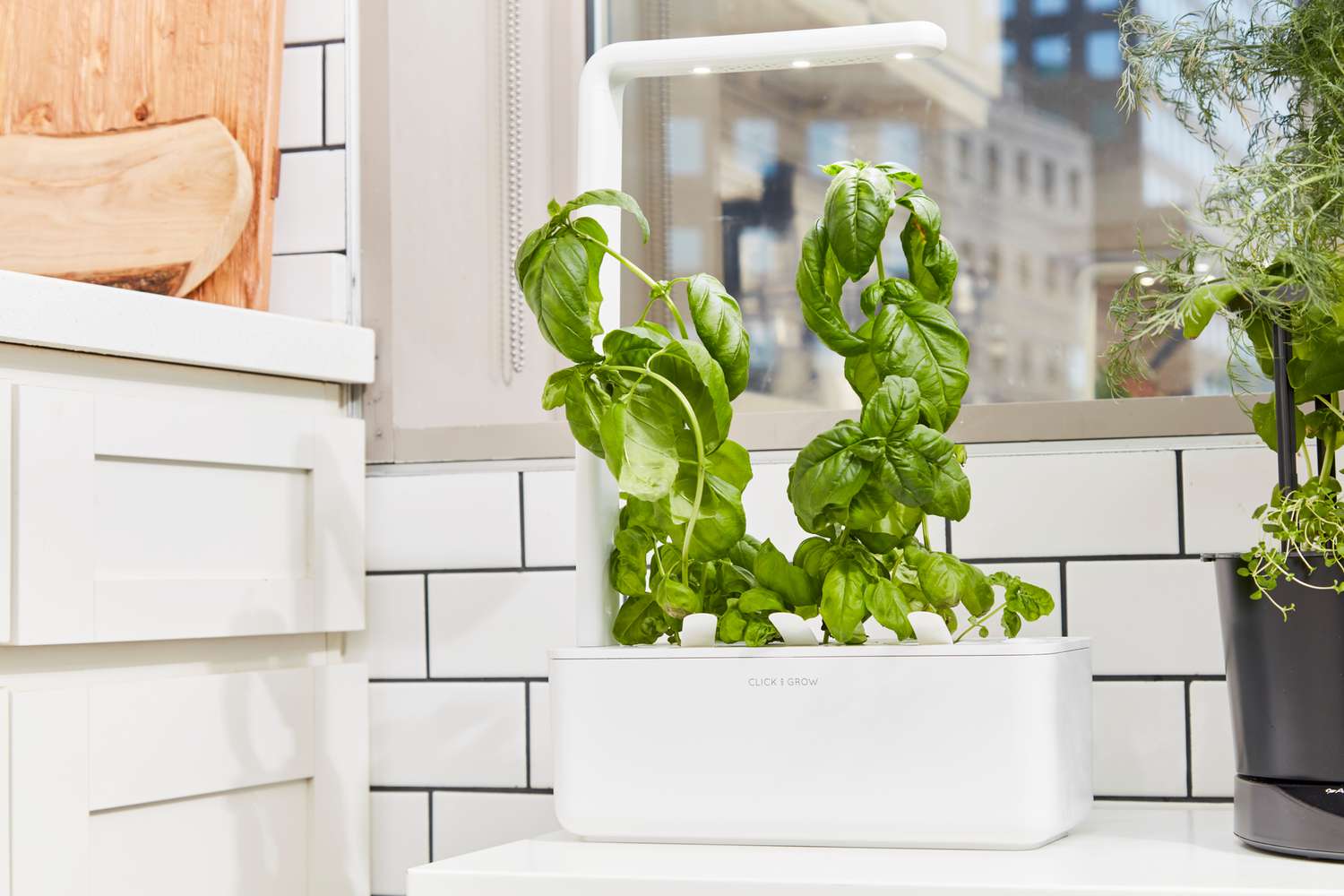
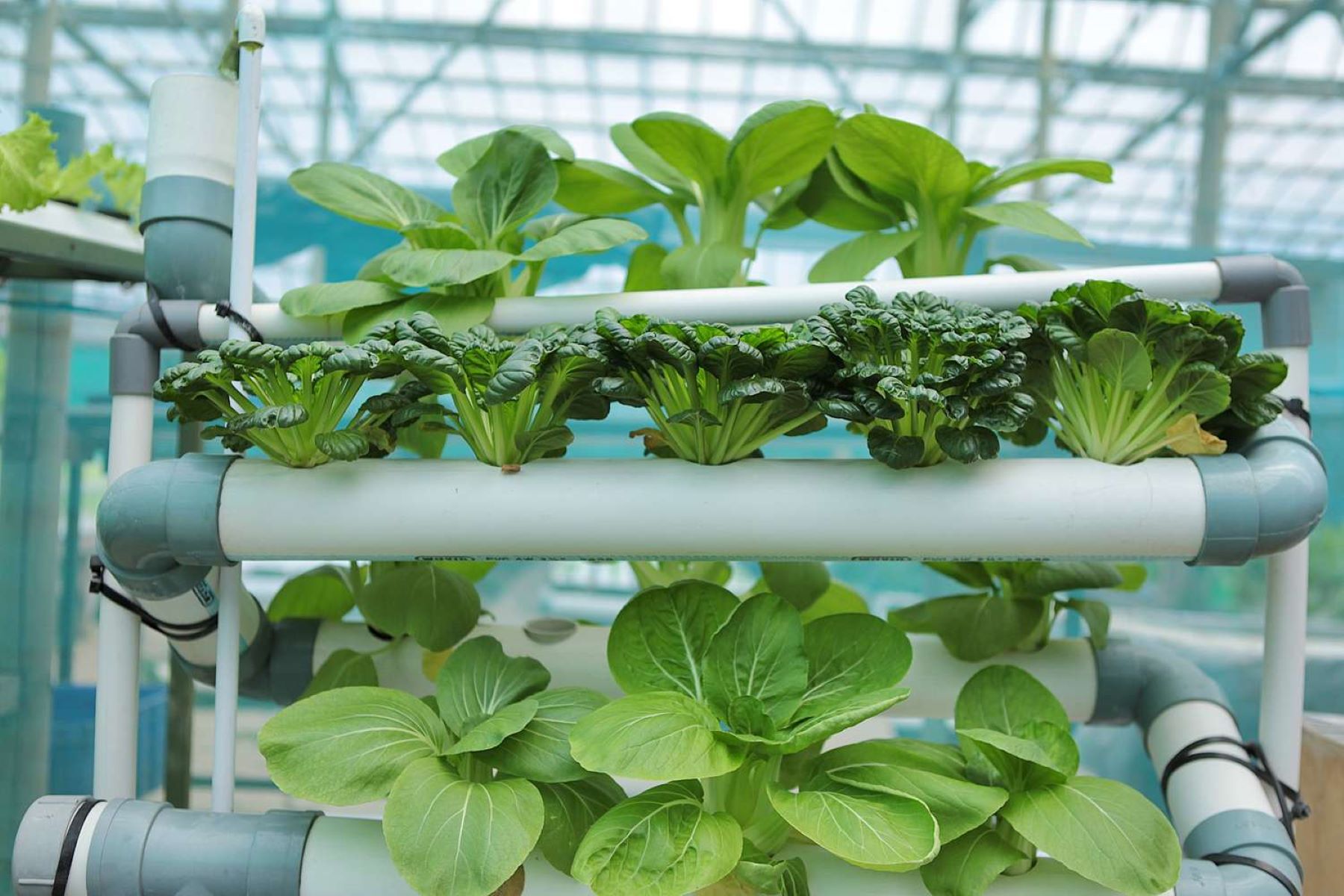
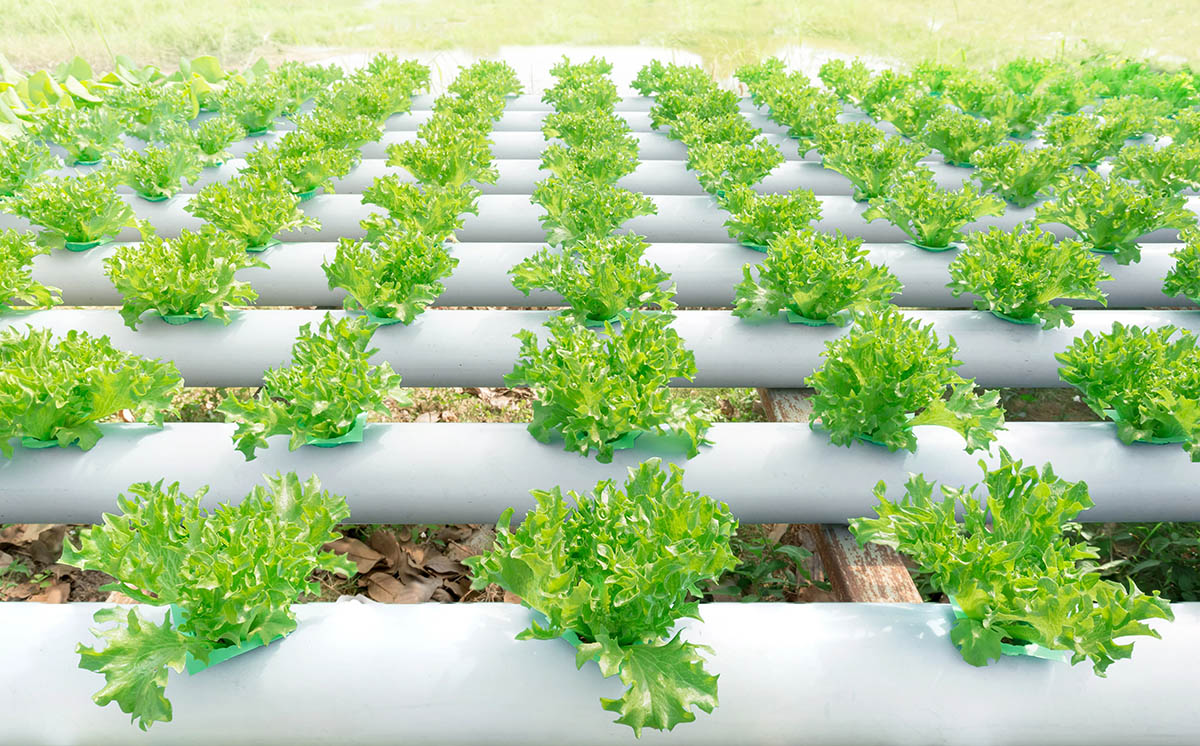
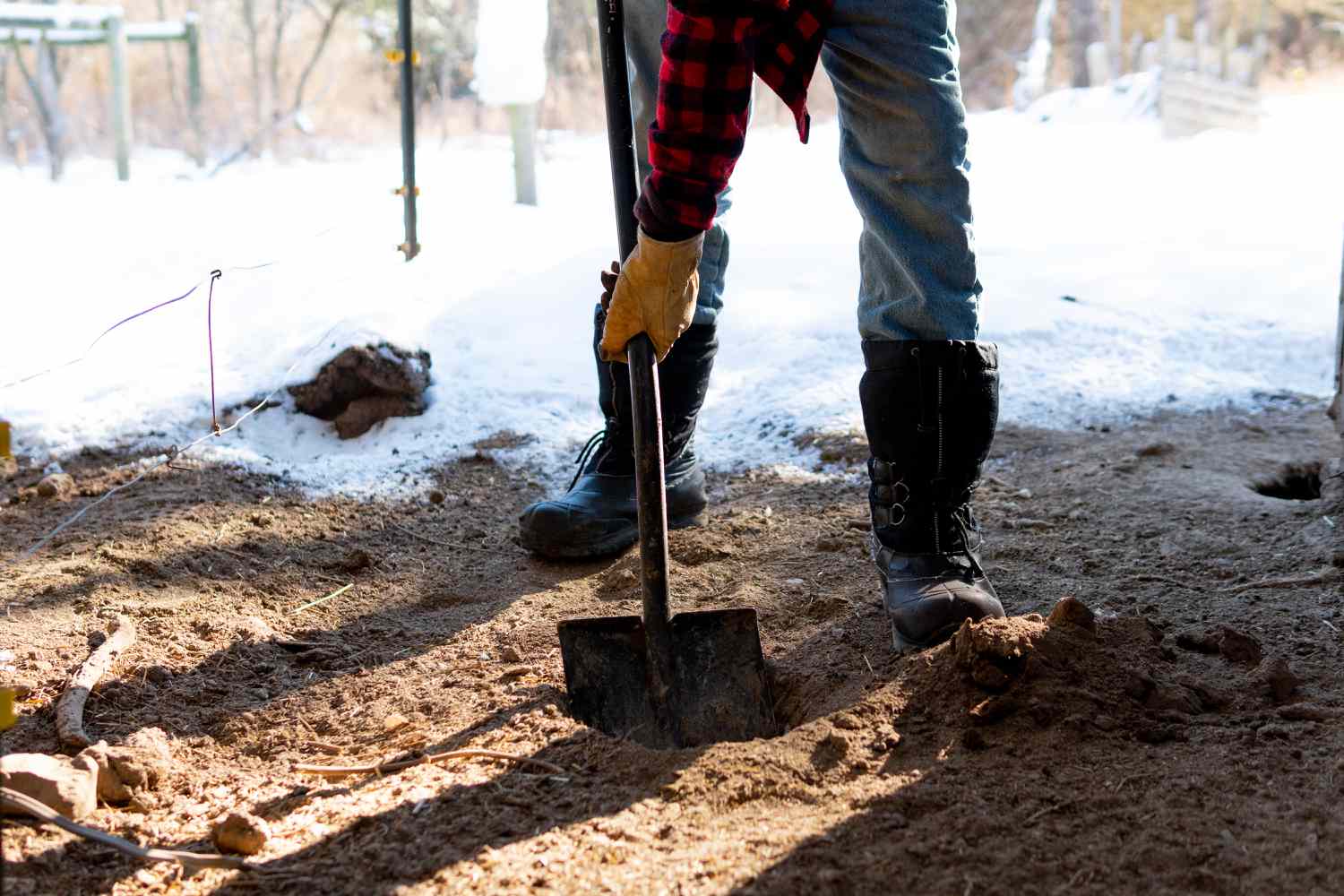
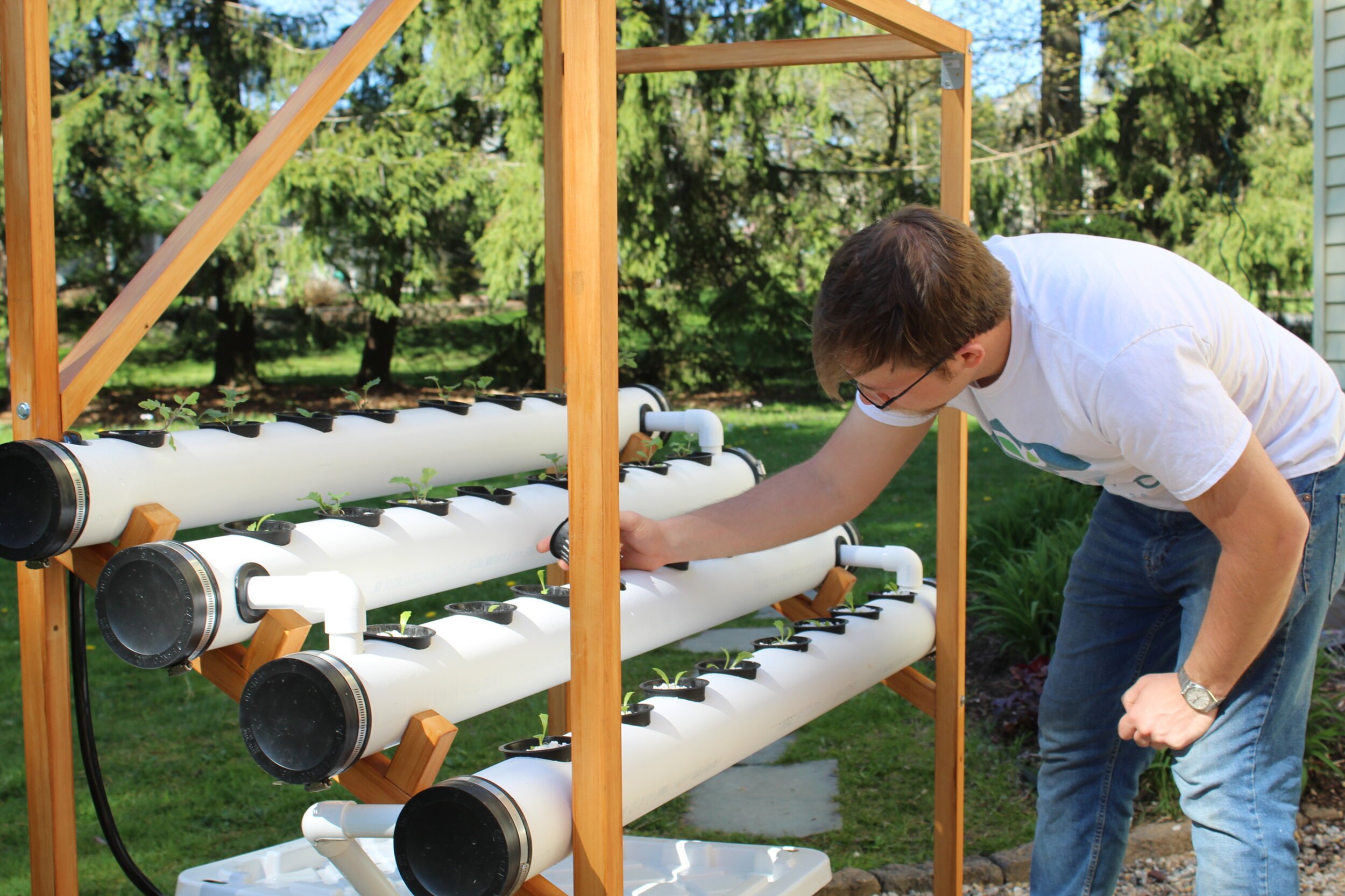
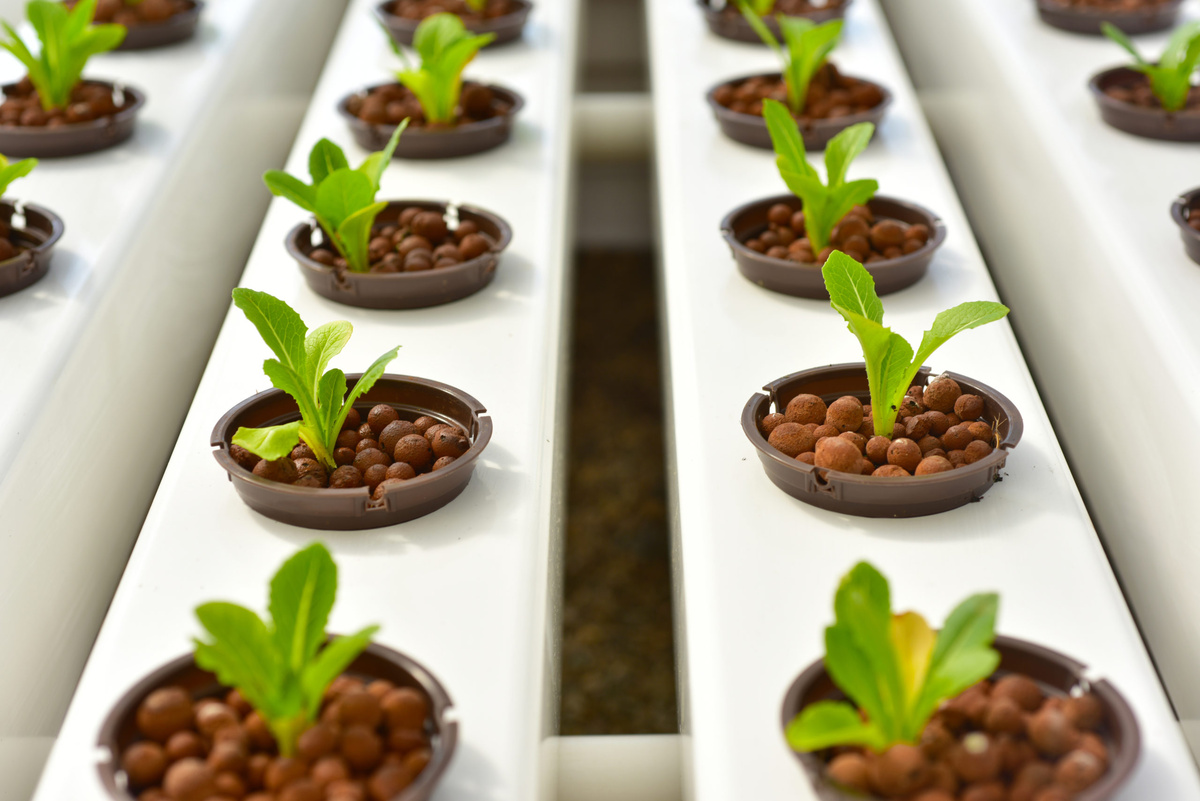
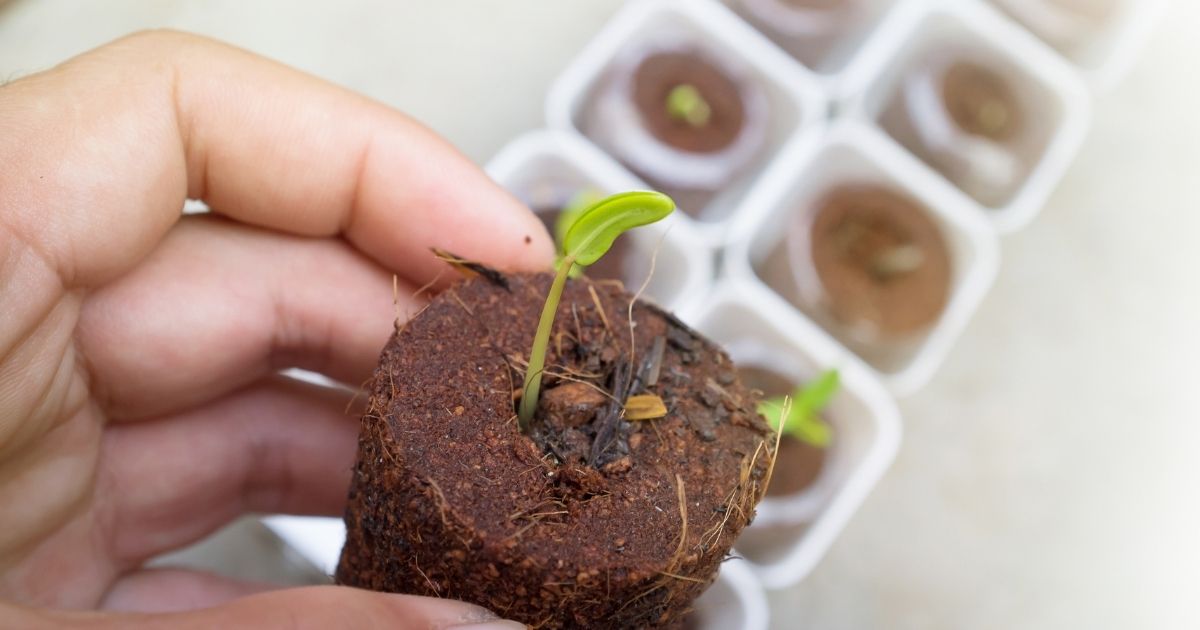
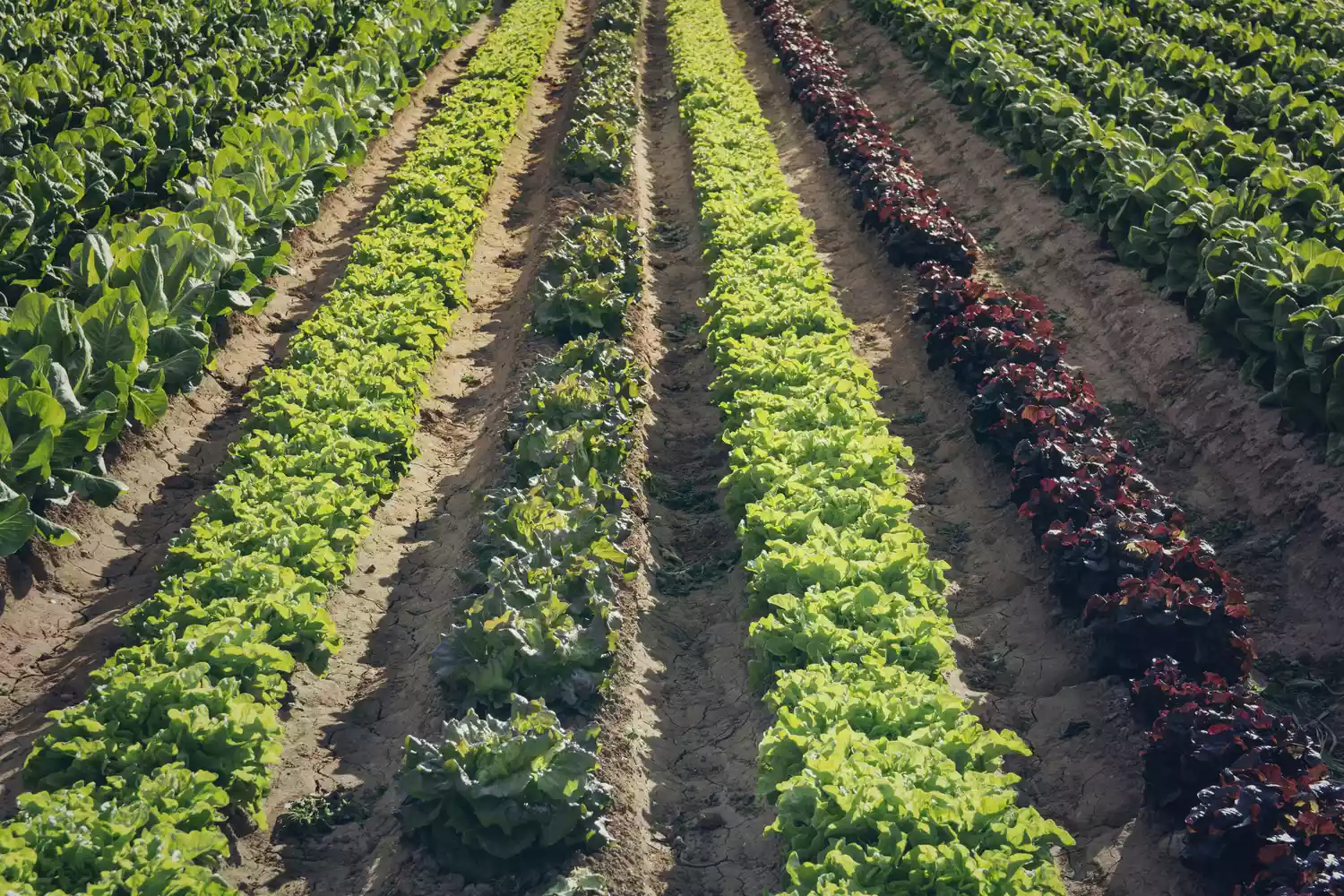
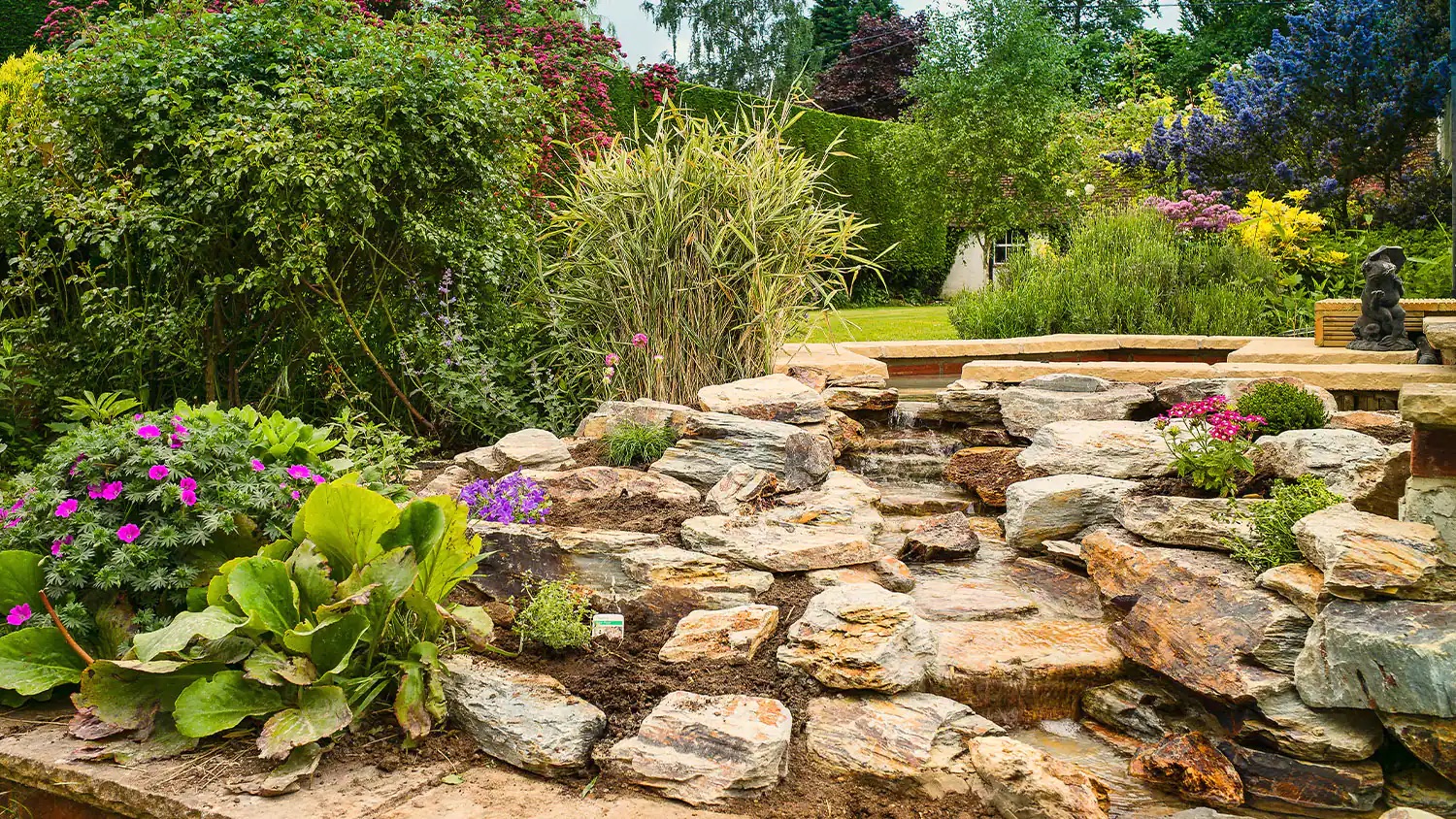
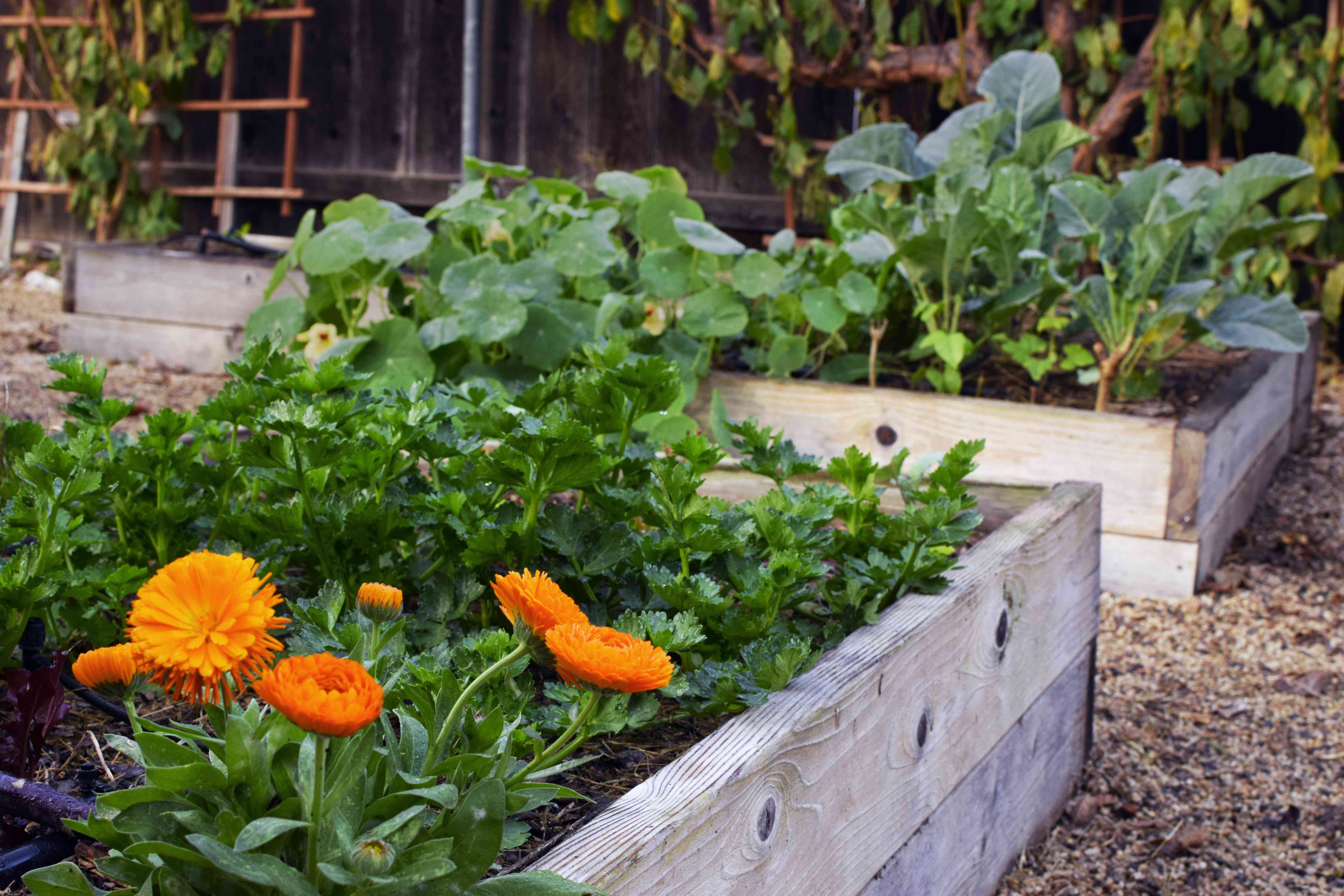
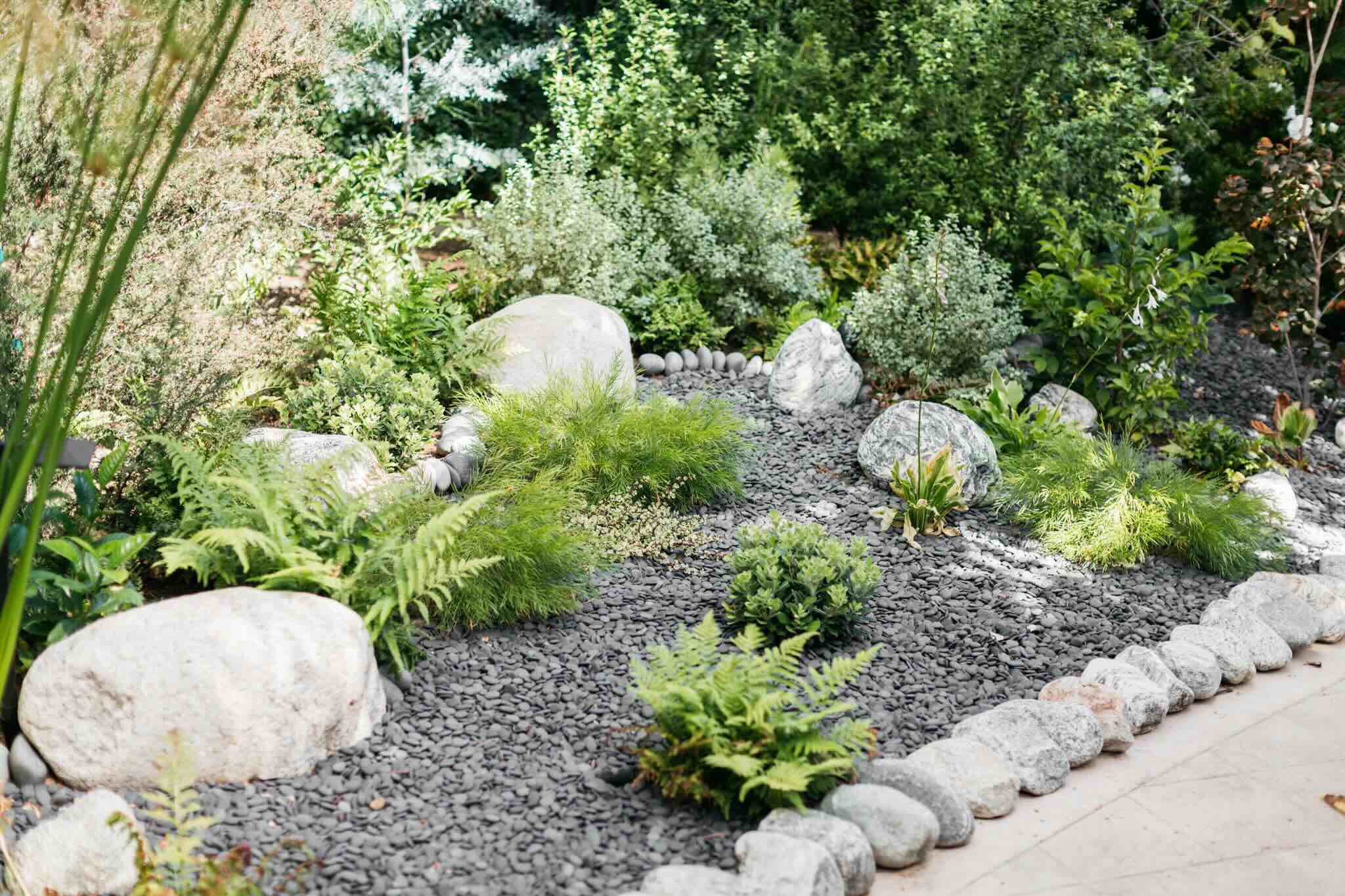
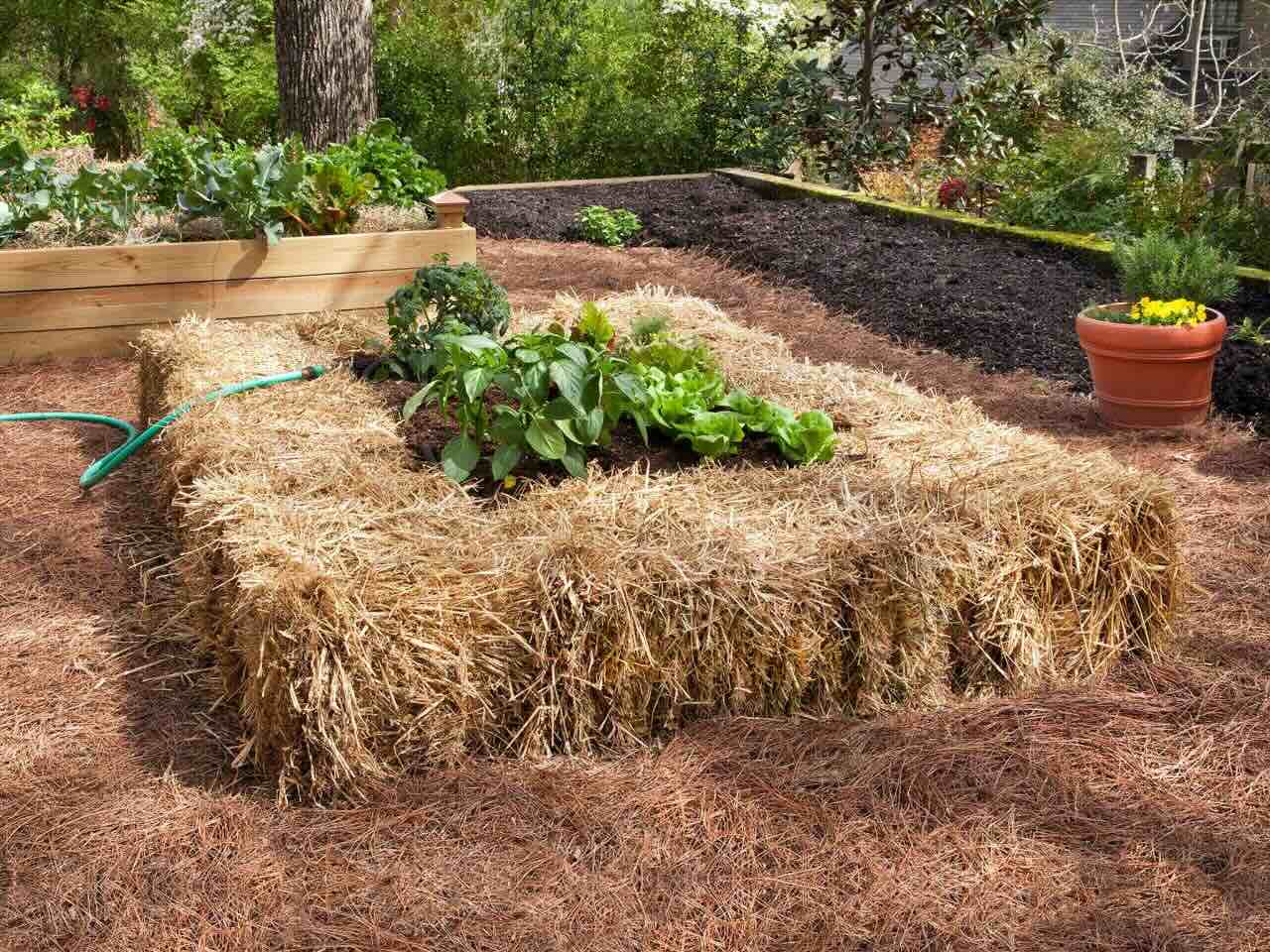
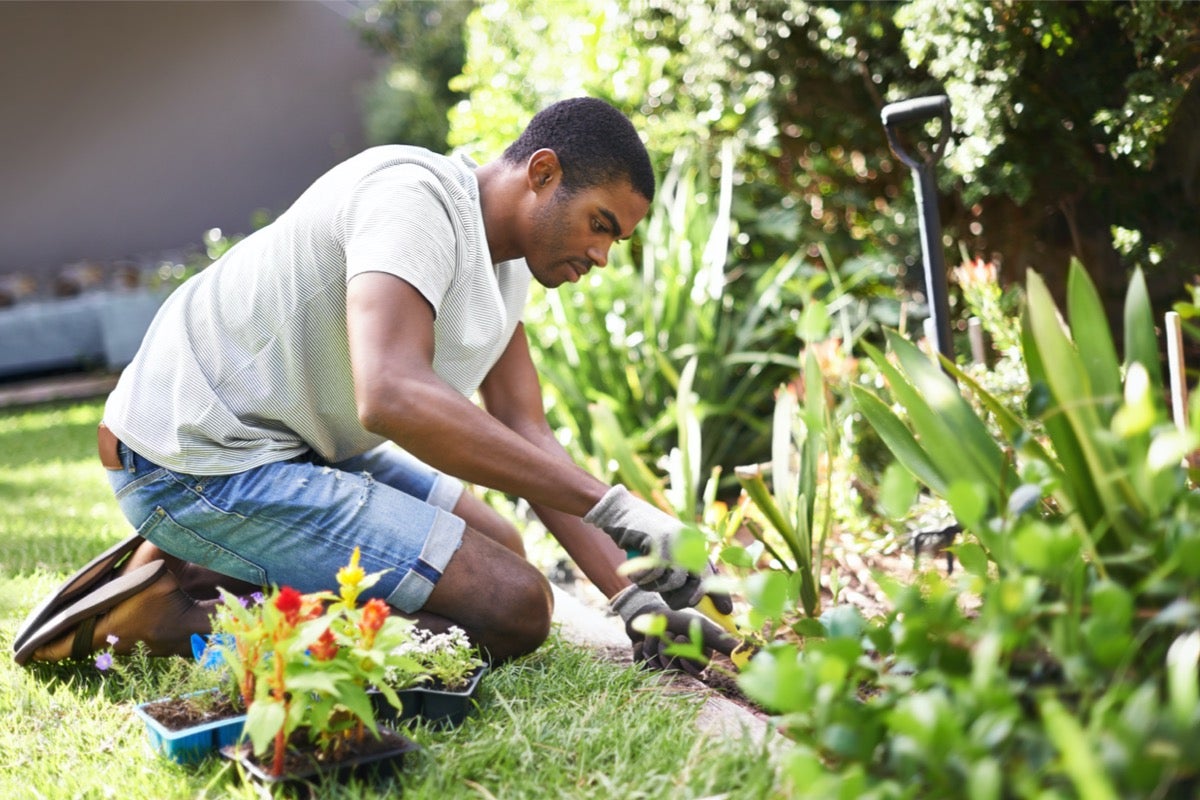

0 thoughts on “How To Make A Hydroponic Garden”